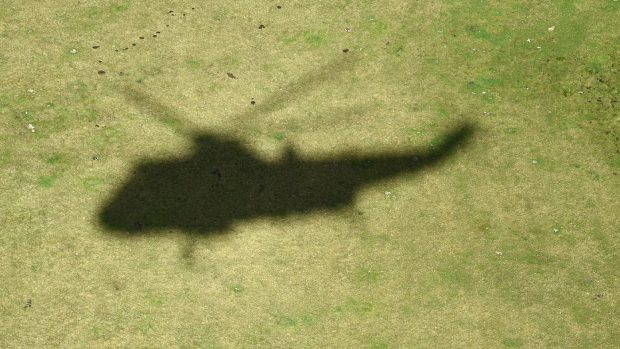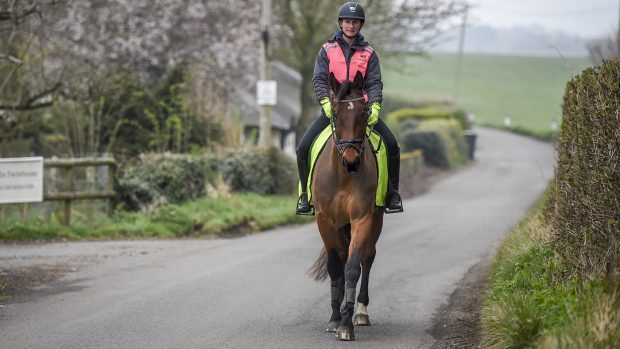A story in H&H about a low-flying Chinook helicopter spooking racehorses (news, 29 September) has had a “tremendous” response from readers who say the same thing has happened to them.
Trainer Ann Duffield’s experiences prompted Rupert Arnold of the National Trainers’ Federation (NTF) to ask H&H readers to contact him, in an attempt to establish the scale of the problem.
Mr Arnold told H&H his office had been “inundated”.
“It has been incredibly useful,” he said. “We have heard of some very disturbing incidents – and it is clear to us that a review of low flying by the Ministry of Defence [MOD] and the British Horse Society [BHS] a few years ago is not working.”
He said incidents had been reported from the south of England, the Midlands and the Scottish Borders.
In one case, Mr Arnold said a horse jumped a hedge, landing on a member of the public and injuring them.
In another, a group of riders wearing high-visibility jackets were “constantly buzzed” by a pilot in “open country”.
“There is absolutely no reason for this sort of behaviour,” he added.
The MOD told H&H it did not comment on individual cases.
But a spokesman said low flying was “an essential part of ensuring operational success” in Afghanistan.
“What appears to be happening from the ground is not necessarily what is happening in the cockpit,” he added.
Low-flying guidelines were reviewed in 2005 by the MOD – at the request of the Lincolnshire coroner.
It followed the death of rider Heather Bell – whose horse was spooked by a helicopter.
The BHS worked closely with the MOD – which agreed to raise the low-level flying height limit where possible.
But Mr Arnold says new guidelines are needed.
“After the death of Heather Bell, the MOD was instructed to ensure that this never happened again,” he said.
“The information we have received from H&H readers shows there is a very real danger of a repeat.”
This news story was first published in the current issue of Horse & Hound (20 October, 2011)




